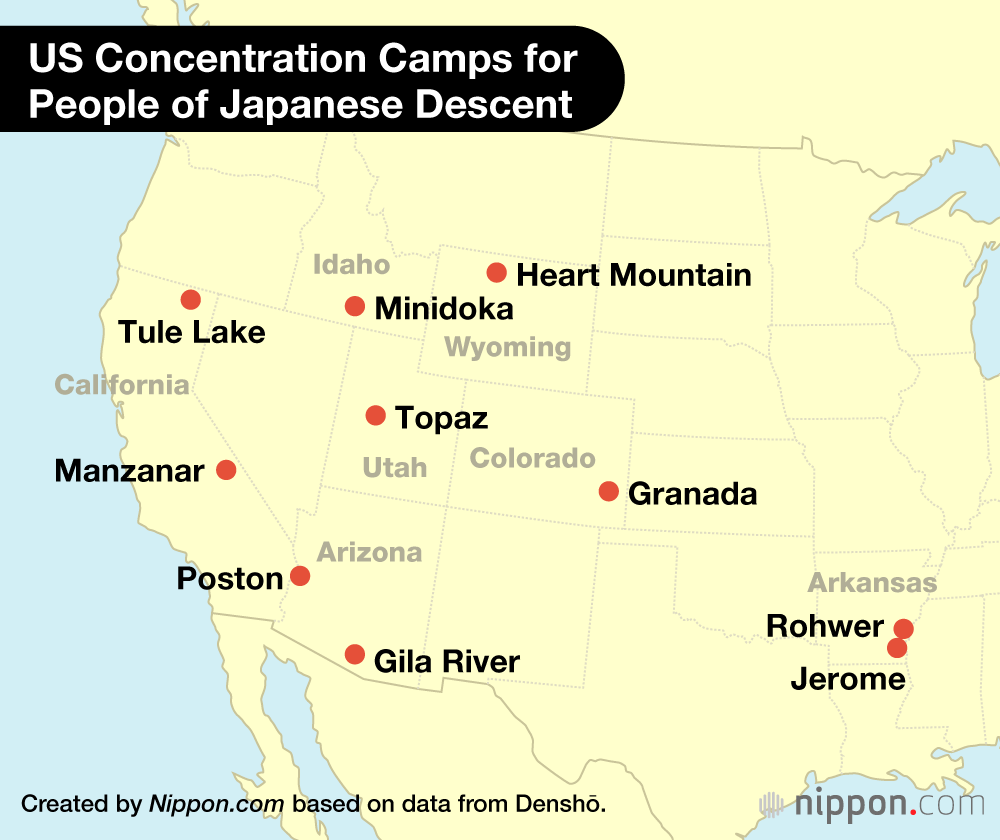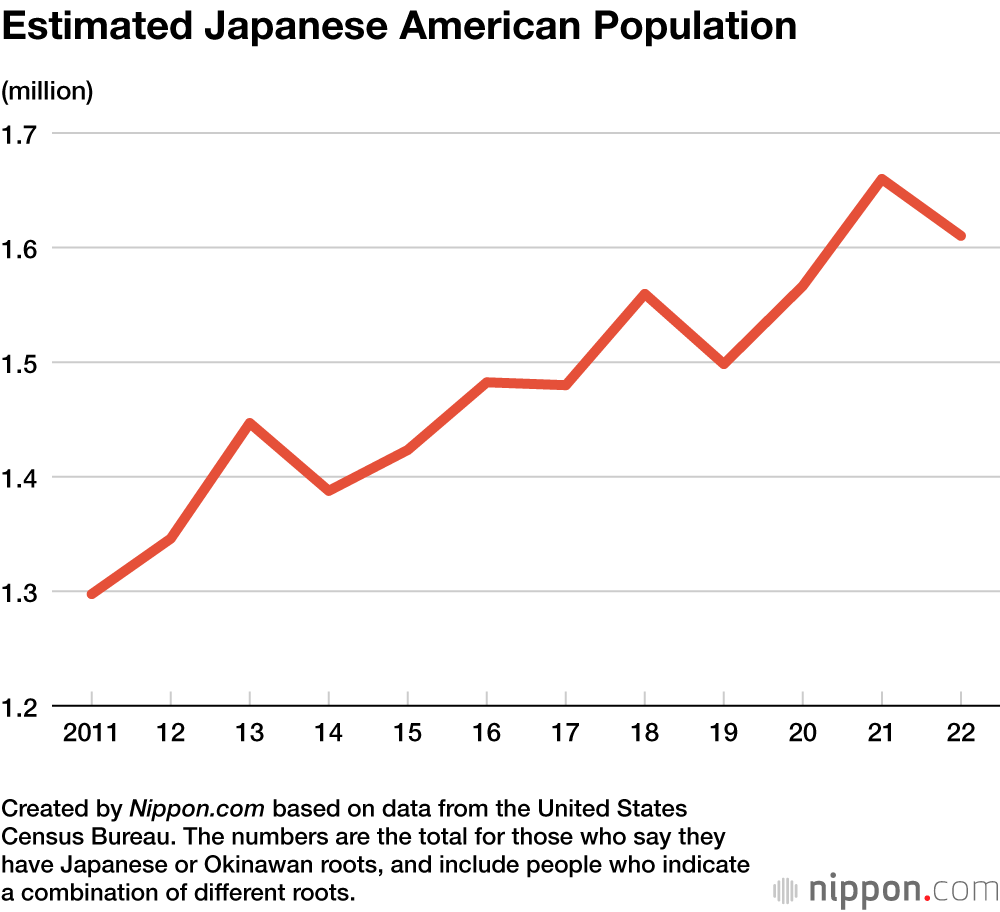
Japanese Immigration to the United States: A Timeline
History Society- English
- 日本語
- 简体字
- 繁體字
- Français
- Español
- العربية
- Русский
This year marks the centenary of the Johnson-Reed Act of 1924, which banned immigration to the United States from Asia. It was enacted on May 26, 1924, coming into effect on July 1. A rapid rise in immigration from various countries, including Japan, had led to greater competition for jobs and an increase in racial tensions, but the legislation—also called the Immigration Act—became commonly known as the Japanese Exclusion Act, because it particularly targeted Japanese immigrants.
A Timeline of Japanese-American History
1841 Nakahama Manjirō, also known as John Manjirō, becomes one of the first Japanese to enter the United States after he is picked up by a US whaling ship following a shipwreck.
1853 US Navy Commodore Matthew Perry arrives near Edo (now Tokyo) with a fleet of ships, intent on opening Japan to trade.
1854 Signing of the Japan-US Treaty of Peace and Amity.
1868 With the assistance of Eugene Miller Van Reed, the consul-general of Hawaii, 153 Japanese people immigrate to the kingdom.
Early 1900s Warnings about the “yellow peril,” associated with East Asian immigration, sweep across the United States.
1908 Under the Gentlemen’s Agreement between the two countries, Japan effectively stops sending laborers to the United States
1913 Alien land laws in California and Arizona effectively prevent Japanese immigrants from buying or owning land in those states.
1924 Enactment of the Johnson-Reed Act halts all immigration from Japan.
1941 Japan launches a surprise attack on Pearl Harbor, Hawaii, bringing the United States into World War II. The FBI rounds up and arrests Japanese community leaders from the issei first generation of immigrants.
1942 President Franklin D. Roosevelt signs Executive Order 9066, leading to the incarceration of Japanese Americans and other people of Japanese descent in internment camps.
1944–46 The 10 US concentration camps for people of Japanese descent are closed.
1970s The redress movement begins, as Japanese Americans call on the US government to apologize for wartime internment.
1988 President Ronald Reagan signs the Civil Liberties Act, granting reparations to those wrongly incarcerated by the US government during World War II.
Created by Nippon.com based on information from the Japanese American National Museum.
According to the Japanese American National Museum, Japanese immigrants to the United States (including Hawaii) increased steadily from 1868 reaching around 6,000 in 1895. Japan’s victory in the Russo-Japanese War of 1904–05 raised fears about its emergence as an Asian power, and in western states, such as California and Arizona, a series of alien land laws were introduced, effectively preventing Japanese immigrants from owning land.
In the 1920s, as the anti-Japanese movement gained strength, the Johnson-Reed Act (Japanese Exclusion Act) banning immigration from Asia was enacted by the US Congress and signed into law by President Calvin Coolidge. This was a blow to those calling for cooperation between the two countries like the entrepreneur Shibusawa Eiichi and Nitobe Inazō, the deputy secretary general of the League of Nations, and it stoked anti-US sentiment in Japan.
On December 7, 1941, the Imperial Japanese Navy launched a surprise attack on Pearl Harbor, Hawaii, bringing the United States into World War II. The following year, US President Franklin D. Roosevelt signed Executive Order 9066, and the incarceration began of Japanese Americans and other people of Japanese descent, who were designated as enemy aliens. A total of 10 concentration camps were constructed in the United States, and some 125,000 people were incarcerated.
In the 1970s, Japanese-American communities launched the redress movement, seeking reparations for wartime incarceration. This bore fruit in 1988, when President Ronald Reagan signed the Civil Liberties Act, in which the government apologized and made reparations.
Statistics from the United States Census Bureau show that the population of those who have Japanese or Okinawan roots, including those reported in combination with other roots, increased by 24% between 2011 and 2022. However, those who only had Japanese or Okinawan roots decreased from 766,079 in 2010 to 741,544 in 2020.
(Translated from Japanese. Banner photo: Japanese Americans at a station in Los Angeles waiting to be taken to the camp at Manzanar in 1942. © Bridgeman Images/Reuters.)


